The Staff Selection Commission Combined Graduate Level (SSC CGL) exam is one of the most competitive government recruitment tests in India. It is conducted in multiple stages, with Tier-1 acting as the qualifying round and Tier-2 being the deciding factor for final merit. While both stages assess candidates on similar subjects, the complexity, depth, and strategy required for each are entirely different.
Understanding the SSC CGL Tier-1 vs Tier-2 differences is not just important—it can be the difference between clearing the exam and securing a top rank. Let’s break this down in detail.
SSC CGL Tier-1 vs Tier-2: Key Differences in Preparation Strategy
The difference between SSC CGL Tier-1 and Tier-2 is not just about difficulty—it’s about how deeply your knowledge is tested, your stamina, and your thinking skills. Tier-1 checks your speed and quick decision-making, while Tier-2 tests accuracy and strong subject mastery. If you want a top rank and your preferred post, start preparing for Tier-2 from the beginning. This way, Tier-1 will feel like a simple speed and accuracy test instead of a big challenge.
Purpose and Role of Each Tier
- Tier-1: Designed as an elimination stage to filter out candidates who do not meet the basic standard of speed, accuracy, and subject understanding.
- Tier-2: Functions as the scoring stage where in-depth knowledge, analytical skills, and subject mastery are tested. Your performance here directly impacts your final merit position.
Key Point: Even though Tier-1 is qualifying in nature, scoring well in it can give you confidence and momentum for Tier-2. However, the main preparation focus should always be on Tier-2.
Subjects Asked in Both Tiers
Common Subjects:
- Quantitative Aptitude / Mathematical Abilities
- Reasoning & General Intelligence
- English Language and Comprehension
- General Awareness
Additional in Tier-2:
- Computer Knowledge Module (compulsory for all)
- Statistics (Paper-II) for JSO & Statistical Investigator posts
This means Tier-2 covers everything from Tier-1 but adds extra modules and increases the depth of the common subjects.
Level of Difficulty – What Changes?
Quantitative Aptitude
-
Tier-1: Direct questions from topics like percentages, averages, ratios, number systems, and basic geometry.
-
Tier-2: Multi-step word problems, tricky data interpretation, and advanced concepts like Variance, Standard Deviation, Probability, Coordinate Geometry, Prism & Pyramid Mensuration, Skewness, Kurtosis, Quartiles, and Percentiles.
Example: While Tier-1 may ask “Find the average of five numbers…”, Tier-2 could present a case study-based DI set combining percentages, ratios, and profit-loss in a single table.
Reasoning & General Intelligence
- Tier-1: Series, coding-decoding, analogy, classification, and basic puzzles.
- Tier-2: More statement-based, analytical, and data-heavy questions like multi-layered puzzles, Venn diagrams with 3–4 variables, statement-assumption, and complex arrangement problems.
English Language & Comprehension
- Tier-1: Vocabulary-based MCQs, grammar rules, fill-in-the-blanks, and small comprehension passages.
- Tier-2: High-level comprehension with inference-based questions, detailed error spotting in long sentences, tricky para-jumbles, advanced active-passive voice, and complex sentence transformations.
Example: Tier-1 may ask for the synonym of a word, but Tier-2 might require identifying the tone and context of the passage in a 300-word RC.
General Awareness
- Tier-1: Static GK, basic current affairs, general science, history, geography, and polity.
- Tier-2: No separate GA paper, but your factual awareness can be tested indirectly in English passages, reasoning statements, or computer-related application-based questions.
Additional Modules in Tier-2
-
Computer Knowledge Module:
-
Basics of hardware & software
-
Internet, networking, and cyber security
-
MS Office tools and shortcut keys
-
Operating system concepts
-
-
Statistics (for JSO/Investigator):
-
Data collection & classification
-
Measures of central tendency and dispersion
-
Correlation & regression
-
Probability theory
-
Time series analysis
-
Hypothesis testing
-
Index numbers
-
Time Management Differences
-
Tier-1: 60 minutes for 100 questions = 36 seconds per question. This demands fast calculations and instant decision-making.
-
Tier-2: 2 hours per paper with fewer questions, but each question may take 2–4 minutes due to lengthier calculations and interpretation.
Pro Tip: In Tier-1, skipping a question quickly is fine; in Tier-2, you must balance accuracy with depth and avoid spending too much time on one question.
Preparation Strategy – Tier-1 vs Tier-2
For Tier-1
-
Build basic speed and accuracy in all subjects.
-
Memorize formulas and shortcuts for quick calculation.
-
Practice mock tests daily to adapt to time pressure.
-
Revise GK daily in short bursts.
For Tier-2
- Deepen conceptual understanding of Quant and English.
- Practice case study-based DI and multi-concept quant problems.
- Develop reading speed for long RCs without losing comprehension.
- Learn to solve reasoning puzzles systematically under time pressure.
- For computer module—create short notes of commands, functions, and basic theory.
- For statistics—solve topic-wise previous year questions and NCERT-based examples.
Mock Test Approach
-
Tier-1 Mocks:
-
Attempt at least 15–20 full mocks before the exam.
-
Focus on skipping time-consuming questions in the first go.
-
-
Tier-2 Mocks:
-
Attempt 10–12 full-length paper-specific mocks (Quant, English, Computer, Statistics if applicable).
-
Analyze time spent per question and identify topics that drain time.
-
Common Mistakes to Avoid
- Preparing for Tier-1 and neglecting Tier-2 until results are out.
- Relying only on shortcuts for Quant—Tier-2 requires full solution methods.
- Ignoring reading practice in English—Tier-2 comprehension needs stamina.
- Not revising high-weightage topics regularly.
- Avoiding computer/statistics preparation assuming it’s “easy marks.”
While Tier-1 demands speed and quick thinking, Tier-2 requires precision, deep understanding, and stamina to handle challenging papers. A balanced approach that prepares you for both stages from the very beginning is the smartest strategy to secure a top position in SSC CGL.

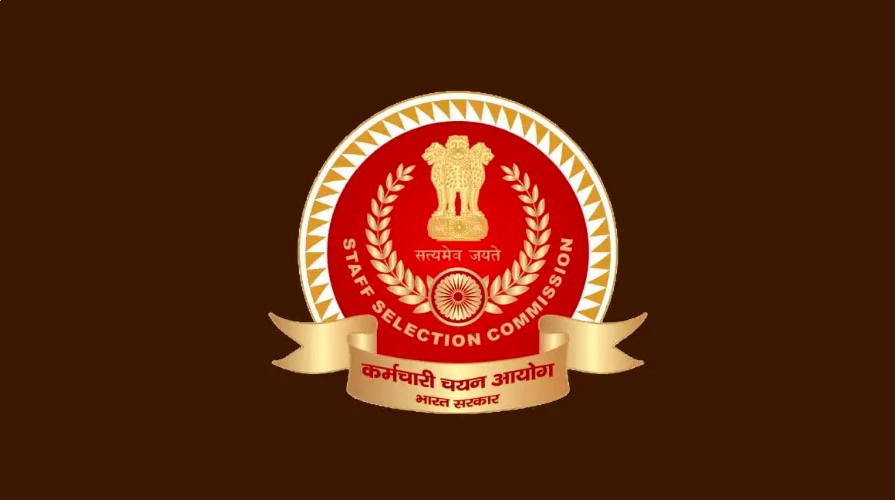
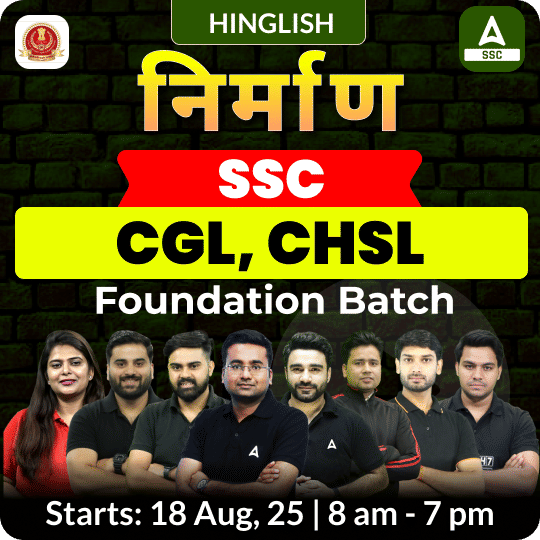

 Delhi Police Exam Cancelled on 18th Dece...
Delhi Police Exam Cancelled on 18th Dece...
 Delhi Police Slot Booking 2025 Live @ssc...
Delhi Police Slot Booking 2025 Live @ssc...
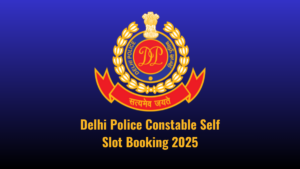 Delhi Police Constable Self Slot Booking...
Delhi Police Constable Self Slot Booking...
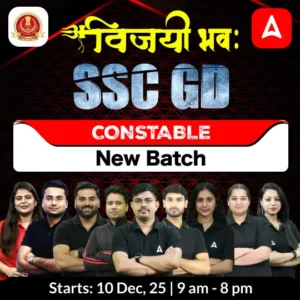
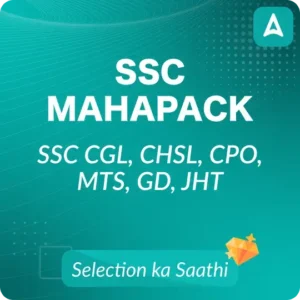
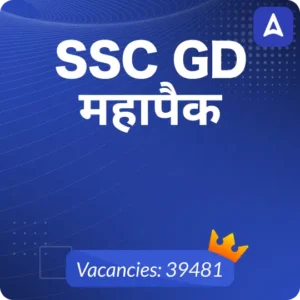
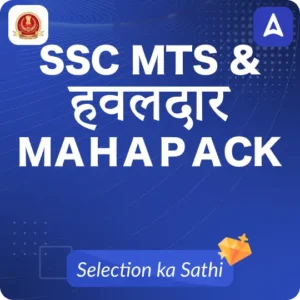
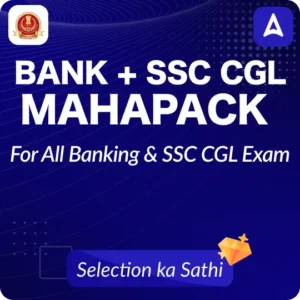
 Adda247 Job portal has complete information about all Sarkari Jobs and Naukri Alerts, its latest recruitment notifications, from all state and national level jobs and their updates.
Adda247 Job portal has complete information about all Sarkari Jobs and Naukri Alerts, its latest recruitment notifications, from all state and national level jobs and their updates.



